Description
Name in North American Boletes: Boletus hortonii
Genus: Hemileccinum
- Genus 2: Xerocomus
- Genus 2: Boletus
Species: hortonii
- Species 2: sublagripes var. corrugis
Common Name: “Corrugated Bolete”
Tells: Heavily corrugated red/brown/tan cap. Nice, dense texture. Yellow pores may blue slowly & erratically, & darken w/age.
Other Information: White/buff stem occasionally gets reddish tones by the base, & rarely has netting. White to pale yellow flesh DNS.
Science Notes: DNA testing moved this mushroom into the newly erected genus “Xerocomus,” until more recent work corrected that to “Hemileccinum,” which many people had suspected due to morphology. Compare to Hemileccinum subglabripes.
Edibility: Good.
CHEMICAL TESTS:
- NH4OH (Ammonia): Cap surface flashes blue-green and then turns olive-brown. Cap flesh has no reaction.
- KOH: Cap surface turns olive-brown. Cap flesh has no reaction.
- FeSO4 (Iron Salts): Cap surface turns olive-tan. Cap flesh turns bluish-gray.
Links:
 |
0 |  |
326 |  |
119 |  |
421 |

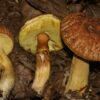

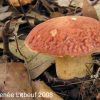
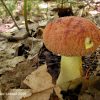


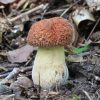

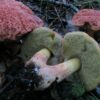

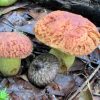
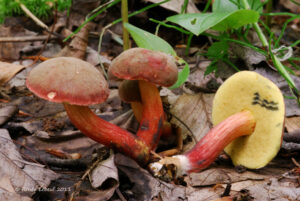
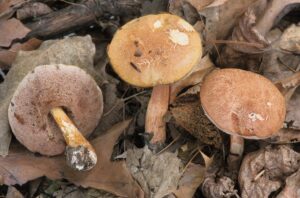
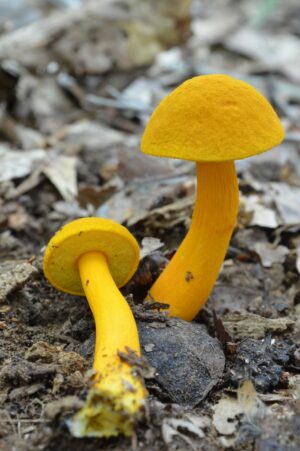
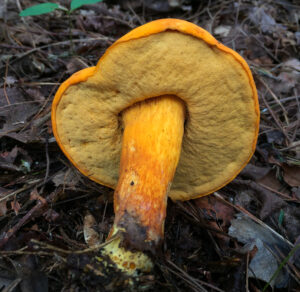
Got something to discuss?